A facile access to mono-C-alkynylated-o-carboranes from o-carboranes and arylsulfonylacetylenes
Mengyang Bai,Guanyu Tao,Zhenxing Liu,Lili Wang,Zheng Duan
College of Chemistry,Green Catalysis Center,International Phosphorus Laboratory,International Joint Research Laboratory for Functional Organophosphorus Materials of Henan Province, Zhengzhou University,Zhengzhou 450001, China
ABSTRACT A facile access to mono-C-alkynyl-o-carboranes from o-carboranes and arylsulfonylacetylenes was developed.This facile process tolerates a wide variety of functional groups,occurs at mild conditions in onepot procedure with short reaction time.The obtained mono-C-alkynyl-o-carboranes can be easily derivatized to synthesize 1,2-difunctionalized o-carboranes.This work provides a useful tool for the functionalization of o-carboranes.
Keywords:Alkynylation o-Carborane Arylsulfonylacetylene Transition-metal-free 1,2-Difunctionalized o-carborane
o-Carborane is an electron-deficient icosahedral boron cluster compound of formula C2B10H12,in which two carbon atoms are adjacent to each other.o-Carborane has 26 delocalized valence electrons,exhibits special three-dimensional aromaticity,and extraordinary chemical and thermal stability[1,2].The different electronegativity between carbon and boron makes the C–H bond ofo-carboranes partially acidic,which can work as a useful reaction site to obtain functionalizedo-carboranes.During the past few decades,o-carboranes and their derivatives have broad applications in many fields[3–19].Among them,some C-alkynyl-o-carboranes have special luminochromism and can be used in optoelectronic functional materials as electron-accepting motifs to tune the LUMO and HOMO energy levels[20–25].Some of them have remarkable aggregation-induced emission(AIE)property and/or stimuliresponsivity and/or environment-sensitivity[26–28]with potential for application in novel functional materials.In addition,alkynyl groups are fundamental structural units in organic synthesis,and can be easily further derivatized[29–33].Thus,the synthesis and performance of C-alkynyl-o-carboranes have received considerable attention.
Currently,there are mainly three methods for the synthesis of C-alkynyl-o-carboranes.In 1964,Dupont and Hawthorne synthesized C-alkynyl-o-carboranes from decaborane and corresponding diynes for the first time(Scheme 1a)[34,35].In 1973,Hawthornemodified the method[36,37].In 1976,Zakharkin and coworkers prepared C-alkynyl-o-carboranes by the reaction of bromoalkynes with 1-Cu-o-C2B10H11to give C-alkynyl-o-carboranes in moderateyields.1-Cu-o-C2B10H11was obtained from the corresponding 1-carboranyllithium and 1.25 equiv.of CuCl in a THF-ether solution(Scheme 1b)[38,39].In 2013,Nie and co-workers reported the cross-coupling of 1-Cu-o-C2B10H11and Cu-C≡C-R to give C-alkynylo-carboranes with more excess amount ofn-BuLi and CuCl(4 equiv.respectively,Scheme 1b)[40].For a long period of time,Calkynyl-o-carboranes were synthesized by these methods,the use of hypertoxic decaborane and diynes or stochiometric amounts of transition-metal salts encumbers their broader applications.Very recently,Xie and coworkers reported a very efficient approach to synthesize C-alkynyl-o-carboranes by the reaction of iodocarboranes and terminal alkynes in the presence of base under UV-light(Scheme 1c)[41].However,this method is more suitable forocarborane with substituents such as methyl on the ortho position.Until now,there are only a few reported mono-C-alkynyl substitutedo-carboranes and the methods for synthesizing those mono-C-functional carboranes are still very limited.Therefore,it is of great significance to develop simple and efficient methods to synthesize mono-C-alkynyl-o-carboranes.
Scheme 1.Synthesis of C-alkynyl-o-carboranes.
Sulfones are important intermediates in synthetic applications due to their strong electron-withdrawing property.Alkynyl sulfones have broad applications in the alkynylation and other fields including building complex organic molecules or naturally occurring products[42–47].They could be facilely obtained from varied synthetic methods[42,48–52].In 2012,García Ruano’s group reported a strategy that acetylenic sulfones were used as alkynylating reagents for the construction of the CAr-Cspbonds[53–55].Inspired by these results,we wonder if arylacetylenic sulfones could be used to synthesize mono-C-alkynyl-o-carboranes.It should be noted that the carbon ofo-carborane is sp hybridized,and the alkynylation of Cspwith acetylenic sulfones is unknown.Herein,we wish to report our findings toward the construction of various mono-C-alkynyl-o-carboranes fromo-carboranyllithiums and arylacetylenic sulfones(Scheme 1d).
The starting arylacetylenic sulfones were synthesized according to a modified literature’s procedure[48–52].At the outset of our studies,o-carborane 1a and phenylethynyl sulfone 2a were chosen as model substrates to optimize the reaction conditions(Table 1).Initially,n-BuLi(1.2 equiv.)was added dropwise too-carborane 1a in THF at 0°C,and the reaction mixture was stirred for an hour.Then phenylethynyl sulfone 2a(1 equiv.)was added and the reaction mixture was stirred for another hour at −78°C,the desirable product 3a was obtained with an isolated yield of 12% and some 1a was recovered(Table 1,entry 1).When the reaction temperature at the second step was kept at 0°C,the reaction can be finished within 2 h also,but the isolated yield of 3a is only 23%(Table 1,entry 2).If 2 equiv.of 2a was used,the reaction can be finished in 2 h also,and the yield of 3a is up to 57%(Table 1,entry 3),Adding 3 equiv.of 2a did not improve the yield and the reaction was worse when it was run at room temperature(Table 1,entries 4 and 5).At last,solvent effects on the reaction were studied,dimethyl ether(DME)and Et2O can also give comparable yields(Table 1,entries 6 and 7).
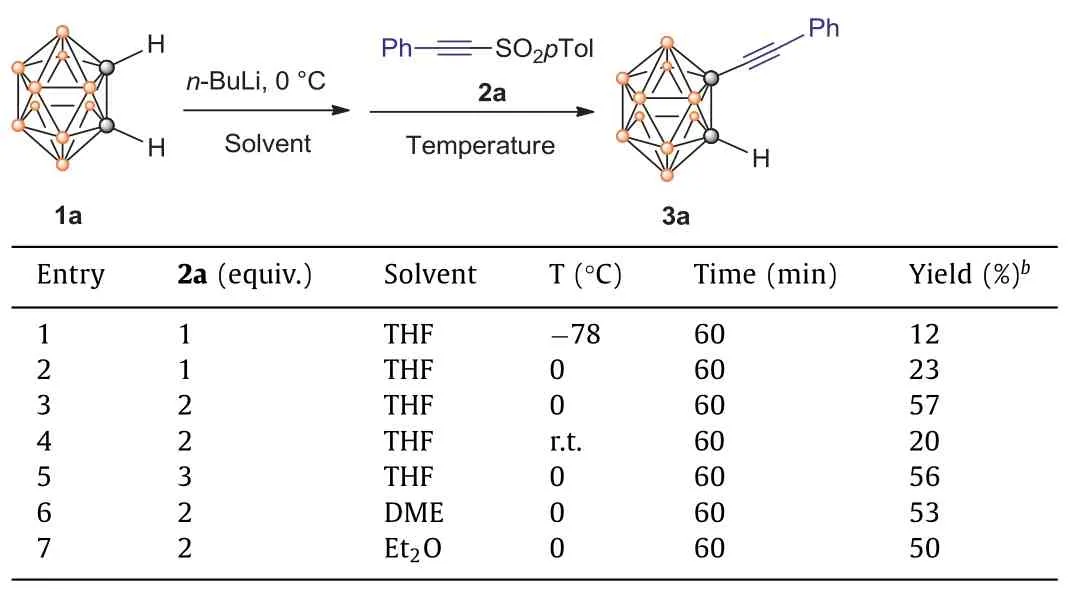
Table 1 Optimization of the reaction conditions for the synthesis of 3a.a
After establishing the optimized conditions(Table 1,entry 3),we examined the substrate scope and limitation of this alkynylation reaction and the results are summarized in Scheme 2.Gratifyingly,a variety of arylacetylenic sulfones 2a-2n were smoothly coupled too-carborane 1a,delivering the corresponding mono-C-alkynyl-o-carboranes 3a-3n in moderate yields.This reaction tolerated a wide variety of functional groups,such as Me or Ph,electron-donating groups OMe,NPh2or electron-withdrawing groups F,Cl and CF3.Moreover,the electronic properties of the substituents have no significant effect on the products yield.The positions of substituents on the Phenyl ring have no obvious impact on the yield also.In addition,alkyne with heteroaryl was compatible with this reaction,affording the product in a relatively lower yield(3n,32%).The obtained products 3a–3n were characterized by1H NMR,13C NMR,11B NMR and HRMS(Supporting information).
1,2-Difunctionalizedo-carboranes have some unique photoelectric properties[56–60].After successful preparation of a variety of mono-C-alkynyl-o-carboranes,we turned our attention to synthesize 1,2-difunctionalizedo-carboranes.Unfortunately,the attempt to synthesize the bisalkynylation compound under the similar method was failed.But the alkylation and iodination reactions proceeded smoothly and provided the corresponding difuncationalizedo-carboranes 4a and 4b and C-alkynyl-C’-iodocarborane 4c in 65%−72% yields(Scheme 3).Even iodoalkane bearing the hindered isopropyl group proved to be effective for furnishing the product 4b in 65% yield.The further derivatization reaction of C-I in compound 4c and applications of the new mono-C-alkynyl-ocarboranes are currently in progress in our laboratory.
To investigate the utility of this synthetic method,methyl,ethyl and isopropyl substitutedo-carboranes were synthesized according the literature[61].When R1is methyl or ethyl or isopropyl,4d,4a and 4b were obtained in yields of 51%,61% and 67% respectively(Scheme 4).It demonstrates the new synthetic method is applicable witho-substitutedo-carboranes also.
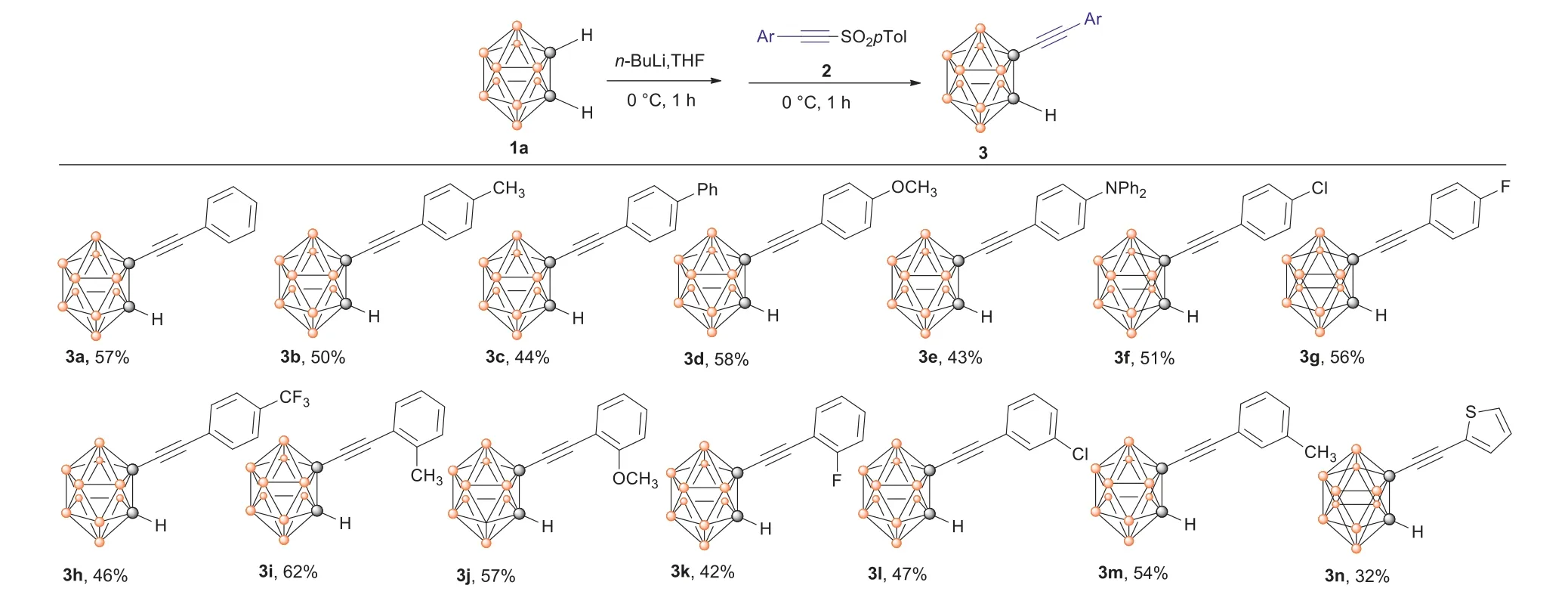
Scheme 2.Synthesis of mono-C-alkynyl-o-carboranes.
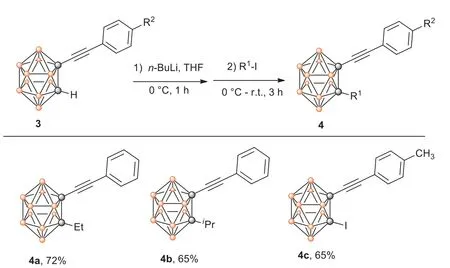
Scheme 3.Synthesis of 1,2-difunctionalized o-carboranes.
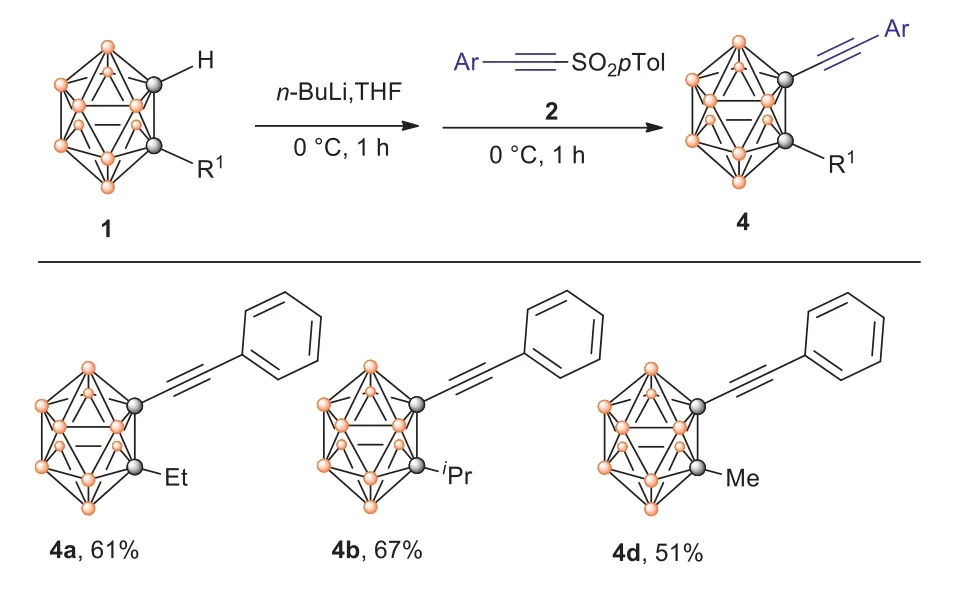
Scheme 4. Ortho-substituted o-carborane alkynyl functionali-zation.
In summary,a facile synthetic route to mono-C-alkynyl-ocarboranes fromo-carboranes and arylsulfonylacetylenes was developed.This new method tolerates a wide variety of functional groups,and the process occurs at mild conditions in onepot procedure with short reaction time.The obtained mono-Calkynyl-o-carboranes can be further derivatized to synthesize 1,2-difunctionalizedo-carboranes.This work provides a very useful tool for the functionalization and practical applications ofocarboranes.
Declaration of competing interest
The authors declare that there are no conflicts of interest.
Acknowledgments
We are grateful for financial support from the National Natural Science Foundation of China(Nos.21672193,21272218),the Key Scientific and Technological Project of Henan Province(No.202102310327),the Ministry of Industry and Information Technology(No.Z135060009002),the Postdoctoral Research Grant in Henan Province(No.001803004),the Programme of Introducing Talents of Discipline to Universities(111 Project,No.D20003)and Zhengzhou University of China.
Supplementary materials
Supplementary material associated with this article can be found,in the online version,at doi:10.1016/j.cclet.2021.05.062.
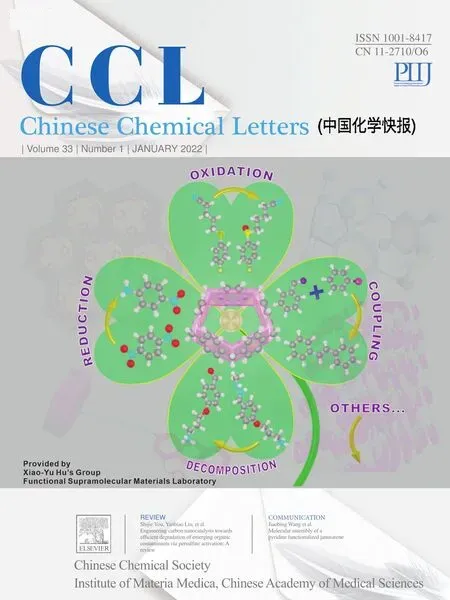 Chinese Chemical Letters2022年1期
Chinese Chemical Letters2022年1期
- Chinese Chemical Letters的其它文章
- Engineering carbon nanocatalysts towards efficient degradation of emerging organic contaminants via persulfate activation:A review
- Recent advances in nanoscale metal-organic frameworks biosensors for detection of biomarkers
- Porphyrin-based heterogeneous photocatalysts for solar energy conversion
- Systematic evaluation of advance in application and discharge mechanism of solution electrode glow discharge
- Insoluble carbonaceous materials as electron shuttles enhance the anaerobic/anoxic bioremediation of redox pollutants:Recent advances
- Selective N-terminal modification of peptides and proteins:Recent progresses and applications
